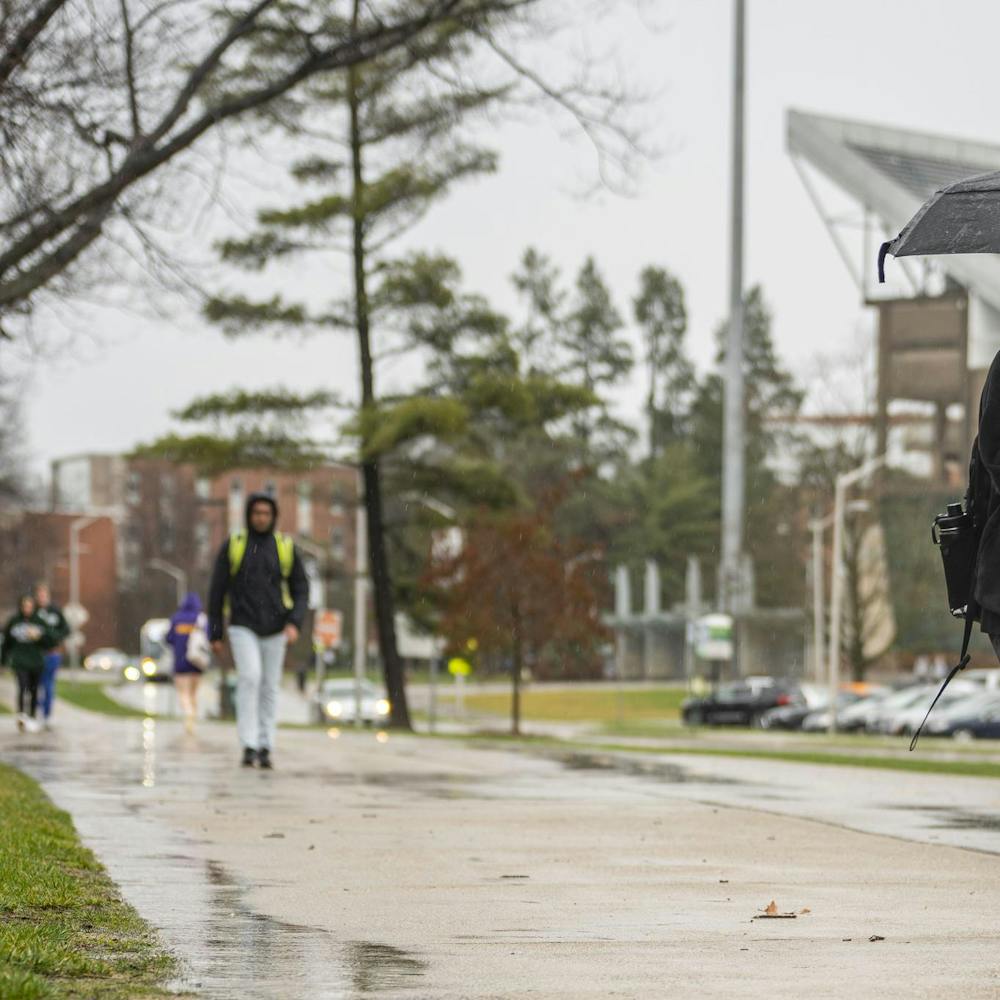For the next two weeks, Jim Kelly will be planting thousands of rows of beans at the Saginaw Valley Research and Extension Center near Frankenmuth, Mich.
Kelly, a professor in the MSU Department of Crop and Soil Sciences, is a co-principal director of a $4 million project funded by the U.S. Department of Agriculture, or USDA, which involves 10 institutions to discover new nutritional benefits of the common bean and provide the corresponding tools for plant breeders.
Kelly, whose specialty is dry bean breeding and genetics, said the Common Bean Coordinated Agricultural Project, or BeanCAP, will be identifying and matching genetic markers from different dry bean varieties — such as navy, black, pinto and kidney — to about 15 nutritional characteristics, including anti-cancer properties, vitamins and minerals.
“Beans are an important crop in Michigan,” Kelly said. “They have a $125 million value in the state.”
If greater nutritional benefits are discovered and made available to plant breeders, Kelly said it would not only benefit consumers, but Michigan bean producers, too.
“There’s a recognition that beans are good for you, so a purpose would be to enhance the nutritional value and make (knowledge) available to the general public,” he said.
Although the institutions, mainly universities and USDA laboratories, are conducting research, Kelly said. Michigan is one of the locations where the beans are being grown. The seeds will then be shipped to other research centers from the state.
Phillip McClean, the project director and a professor in the Department of Plant Sciences at North Dakota State University, or NDSU, said another objective of the project is outreach, to those who might consider plant breeding as a career and the general public. McClean’s lab has a total of 16 undergraduate and high school students during the academic year who assist in the research.
“There is a high demand for plant breeders in companies, but the applicant pool is weak,” he said.
When the project began last fall, the grant went directly to NDSU for administrative purposes. NSDU then subcontracted the other institutions, including MSU, and a total of 17 project directors, McClean said.
“We engaged nearly every plant geneticist, breeder and nutritional specialists in the U.S.,” he said.
Jim Kells, a professor and chairman of the MSU Department of Crop and Soil Sciences, said this is the third project from the USDA that MSU has been part of in the past few years and it is a prestigious and competitive grant to be involved with.
“It generates funds which are needed for the research,” Kells said. “We want to be involved in those large, multi-institutional projects that focus on these complex problems.”
Michael Grusak, a USDA Agricultural Research Service plant physiologist, is working at one of the labs in Houston, Texas, where bean seed lines will be analyzed for their genetic “signatures.”
“This has relevance internationally, not just in the U.S.,” Grusak said. “We know there are nutritional deficiencies in parts of the world where bean consumption is quite high.”
This project will provide the tools plant breeders need to develop bean varieties that are enhanced, instead of the typical nutritional supplements added after harvest, Grusak said.
Grusak has been working on national and international projects for more than 10 years and said using such a large range of specialists is not uncommon.
“In today’s age with the Internet and conferencing, it’s not that big of a deal,” he said. “So many projects are multi-institutional because you need expertise from many institutions and that’s just modern science.”
Support student media!
Please consider donating to The State News and help fund the future of journalism.
Discussion
Share and discuss “Bean grant seeks health gains” on social media.






